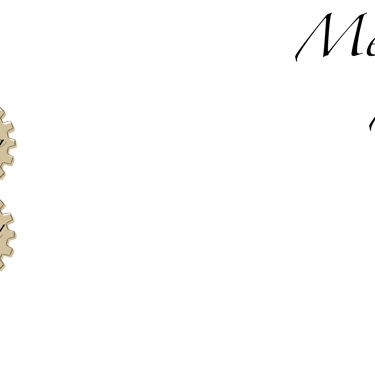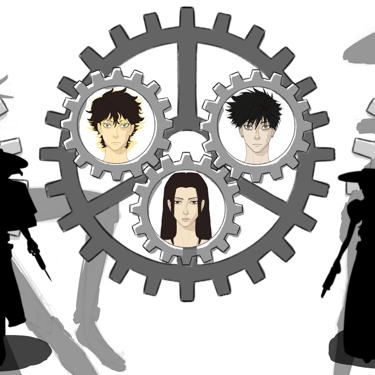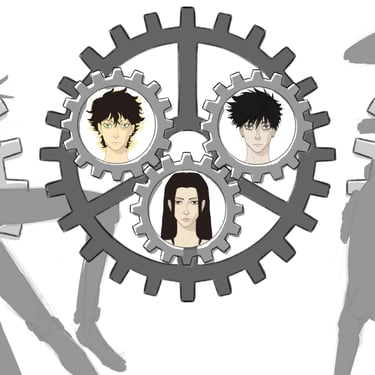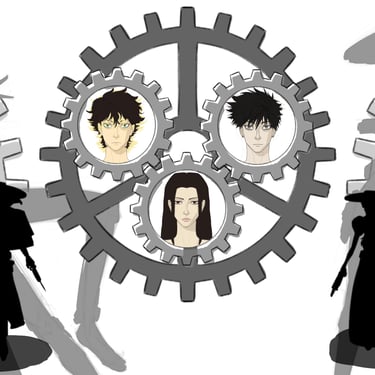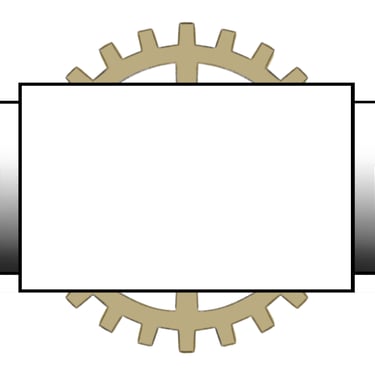UI Concept Art
Project Summary — Inside the Marvelous Mind of Atticus Cooper
Psychological Horror Game Concept | Solo UI/UX
Inside the Marvelous Mind of Atticus Cooper is a personal UI/UX concept for a PT-style psychological horror game centered around identity, grief, and subconscious memory. Players navigate a surreal, looping environment trapped inside the fragmented mind of Atticus Cooper, a disgraced scientist burdened by his past. Through puzzle-solving, visual storytelling, and environmental clues, the player slowly pieces together the tragic events that led to Atticus’ collapse and possibly his redemption.
This concept began with character design: I imagined Atticus’ visual presence before building the narrative and game mechanics around him. From his posture and mood to the visual elements of the interface, everything is built to reflect his psychological descent. This portfolio walks through my process—from sketch to screen—highlighting how I built the UI to feel fractured, immersive, and emotionally haunting.

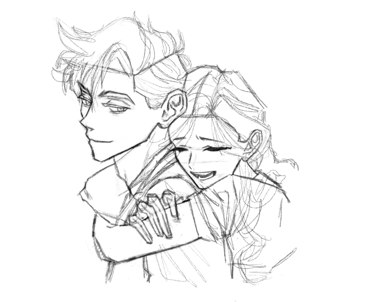
Character Concept & Color Exploration
I began by exploring the emotional tone through pose and color. I chose a reference pose that conveyed a sense of falling or descent, it evoked helplessness, like someone losing control or sinking into something deeper. That feeling set the foundation for Atticus' internal state, and it visually informed the rest of the UI direction.
Color palette decisions were made early: washed-out neutrals and hints of blue-green to imply water, memory, and psychological haze. These tones were essential to building the discomfort of the game world. I also sketched early variations of Atticus, aiming to reflect his intelligence, guilt, and emotional wear without overcomplicating the design.
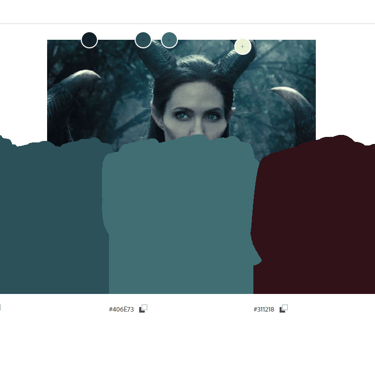
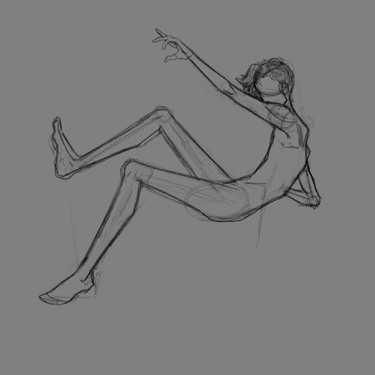
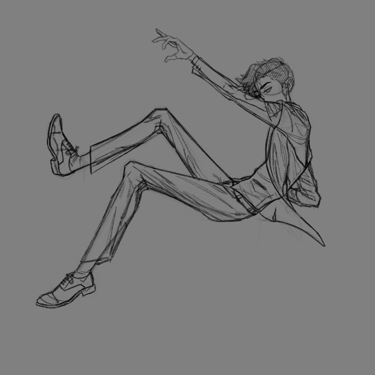
Final Character Art & Intent
The finalized art depicts Atticus mid-fall, almost as if he’s being submerged, this became a visual metaphor for the entire UI experience. Since the story takes place within his subconscious, I wanted the UI to feel like the player was "sinking" with him, deep into his repressed memories.
I leaned into the psychological elements by choosing shapes and negative space that implied distortion or unraveling. This image also serves as the opening screen concept for the UI, signaling to the player that nothing in this world is stable or trustworthy.
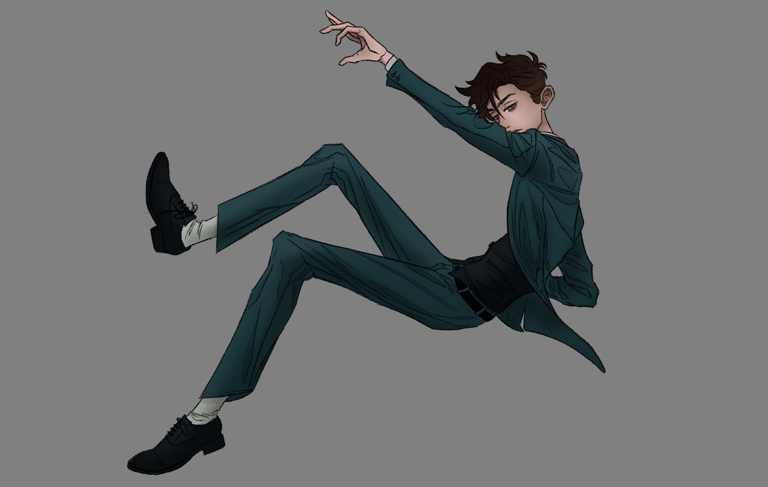

UI Screen Ideation & Icon Design
I approached the UI design like a mood board for memory and mental dissonance. I imagined Atticus falling into water, which led me to structure the menu layout vertically, instead of horizontally, as if descending deeper with each option.
For the icons, I chose objects that felt personal and symbolic: tape recordings, combs (possibly belonging to Elizabeth, his beloved), and especially photographs. Photographs felt right, evoking memory, fragility, and distortion. Each icon could serve both as a menu function and a collectible tied to Atticus’ memories.
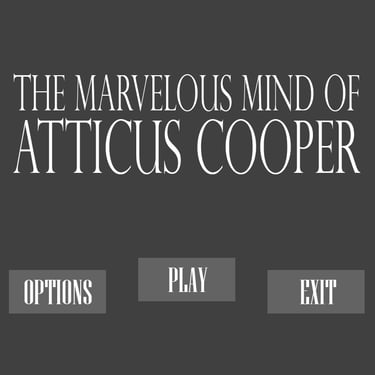
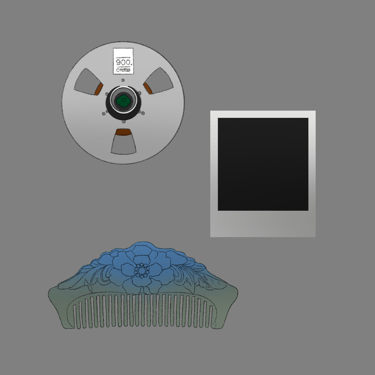
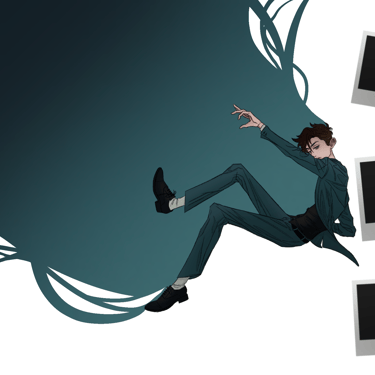
UI Aesthetic, Interaction & Glitch Mechanics
To reinforce the discomfort of being in Atticus’ broken mind, I wanted even the UI interactions to feel "off." When a player hovers over a menu item (like “Play” or “Exit”), it subtly glitches, a blink-and-you’ll-miss-it flicker, like a corrupted memory trying to resurface. When clicked, the item becomes solid and slightly glows, signaling temporary clarity.
These decisions were intentional: the fractured glitching effect mirrors Atticus’ mental state. The animations are meant to unsettle players just enough to set the psychological tone without overwhelming them.
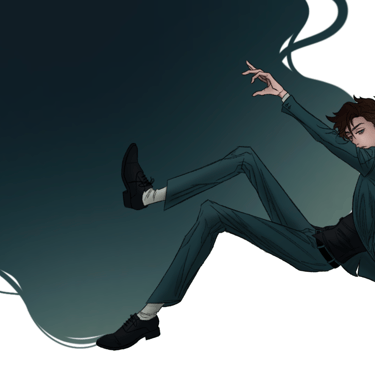
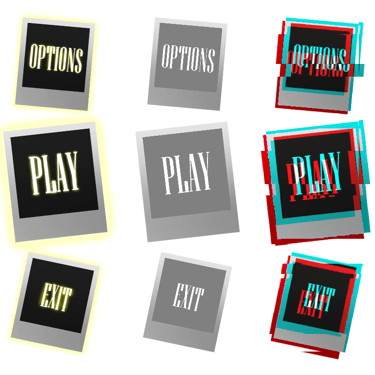
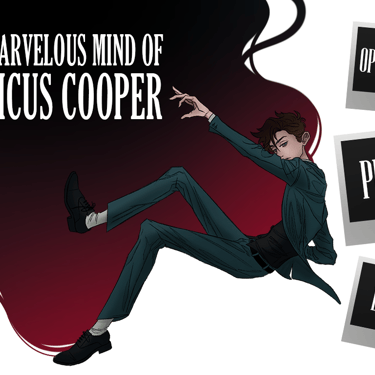
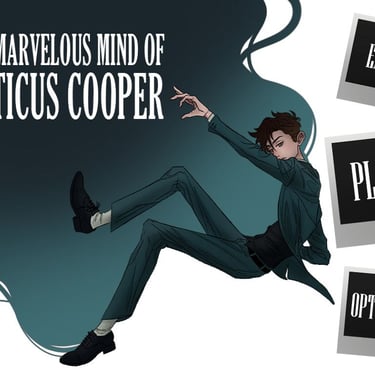
Final UI Demonstration
The final screen layout is presented through a short demo, showcasing how the hover states, visual effects, and symbolic icons come together. This final screen mimics the moment a player first enters the game, falling into Atticus’ mind, unsure of where they are or how they got there.
The menu is designed to feel like the first puzzle: abstract, atmospheric, and narratively loaded. My goal was for the interface to feel like an extension of Atticus himself, unstable, beautiful, and quietly tragic.
Project Summary — Soul Burden
Game Jam | Role: UI/UX Artist & Character Designer
This was a one-week game jam project reimagining the Greek myth of Sisyphus, condemned to an eternal struggle of rolling a boulder up a hill. Our team leaned into the tragedy and futility of the myth, but with a visual twist: we gave the main character a more medieval aesthetic, placing him in partial armor to evoke the feeling of a knight caught in an endless, cursed task.
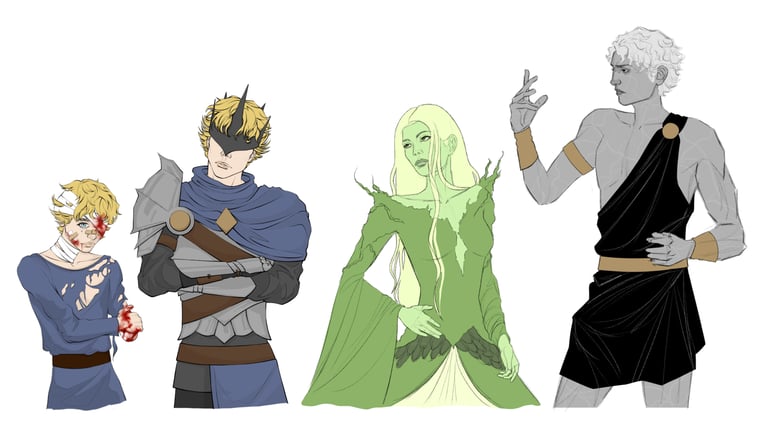

UI Concept: The Weight of Sisyphus – Game Jam Entry
For this project, I designed a vertical UI menu that mirrors the act of ascending, the central theme of the game. The menu buttons are stacked on the left side of the screen, guiding the player's eye upward, subtly reinforcing the idea of a climb that never ends. I wanted the interface to feel heavy and deliberate like every choice was weighted, just like the boulder Sisyphus carries.
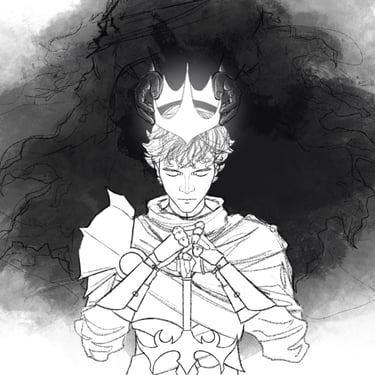
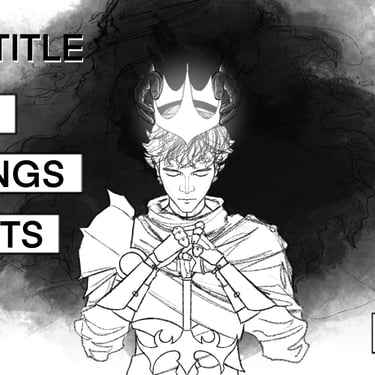
Project Summary — Memento Mori
3D Narrative Fighting Game | Role: UI/UX Artist, Writer & Character Designer
Memento Mori is a gothic steampunk fighting game that fuses fast-paced 1v1 combat with rich, character-driven storytelling. I was responsible for designing the game's core cast: Velena Montoya, Dantes Villarreal, and Vincent Montoya. Each reflecting their tragic pasts through visual design, silhouettes, and mood. Every detail, from Velena’s long-range firearms to Vincent's mechanical fists, visually communicates their personalities and fighting styles. What makes Memento Mori unique is its narrative integration: players unravel dark secrets during combat instead of cutscenes, allowing storytelling and gameplay to intertwine seamlessly. The game offers both an emotional journey and a competitive edge, inviting players into a world where betrayal, grief, and vengeance bleed through every punch, slash, and bullet.
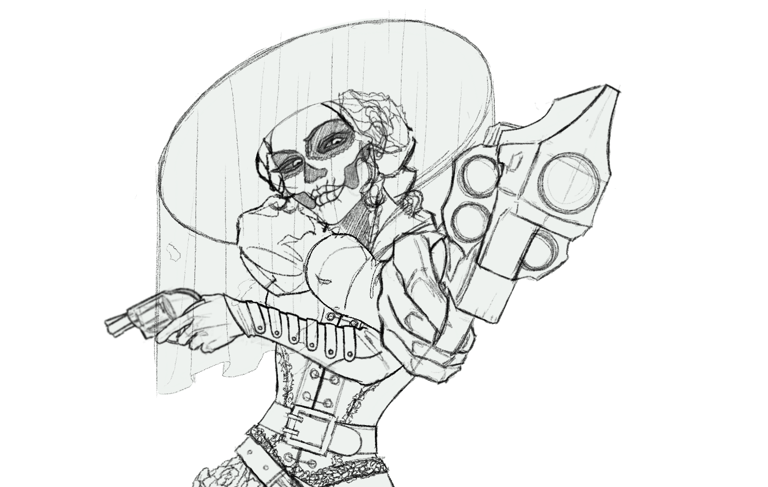

Initial Concept Design
Coming soon.
